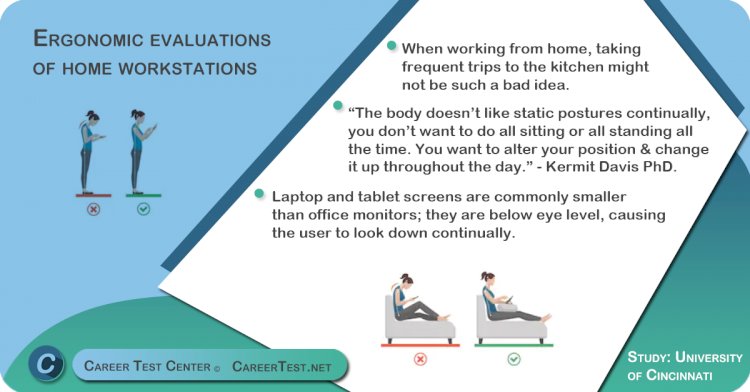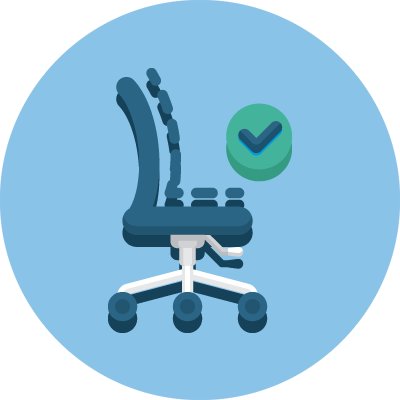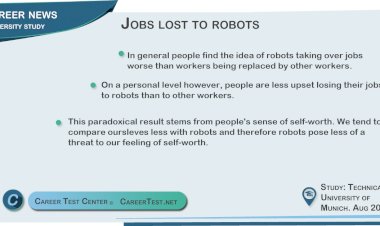Ergonomic evaluations of home workstations
When working from home, taking frequent kitchen trips might not be such a bad idea.

By Cedric Ricks, UC.edu
Main titles
- Frequent breaks, almost every 30 minutes, could minimize harm to your back, shoulders, and arms.
“The body doesn’t like static postures continually, you don’t want to do all sitting or all standing all the time. You want to alter your position and change it up throughout the day.” - Kermit Davis, professor in the UC Department of Environmental and Public Health Sciences
- The study found that people working from home received little guidance on making temporary workspaces ergonomically safe.
“You can go home but you aren’t allowed to take the monitor, chair and most office equipment. You can use your laptop from home, but it is designed to be a short-term option. It should be used for a few hours while traveling. It is not meant to be used for eight or nine hours each day.” Kermit Davis, PhD.
- Laptop and tablet screens are commonly smaller than office monitors; they are below eye level, causing the user to look down continually.
- Survey results showed that many chairs were the wrong height, mostly lower than they should be. Many of the chair armrests were not being used at all and were improperly adjusted.
- When the forearms are not placed on the armrests, there is stress at the point where they meet the hard surface of the desk; there is also resulting strain across the upper back.
- Sometimes the monitor wasn't even in front of the user, it was to the side, resulting in twisting of the neck and/or back.

Tips/fixes that improve the ergonomic well-being in home workers, especially when they don't have the resources to acquire new office equipment.
- Elevate the seat height with a pillow or a blanket.
- Place pillow or rolled up towel behind back to provide lumbar and back support
- Wrap armrests if they are too low.
- Find ways to keep your back close the back of the seat, such as by moving chair closer to desk.
- Place lapdeck under laptop if it's too low.
- Use of an external keyboard and mouse.
- The next best thing to a poor sitting workstation postion, is to rotate between that position and a standing workstation such as the kitchen counter or the top of a piano.
Soure: uc.edu
Study co-authors: Kermit Davis, PhD; Susan E. Kotowski, PhD; Denise Daniel; Thomas Gerding; Jennifer Naylor; Megan Syck.

 vneo
vneo 

















